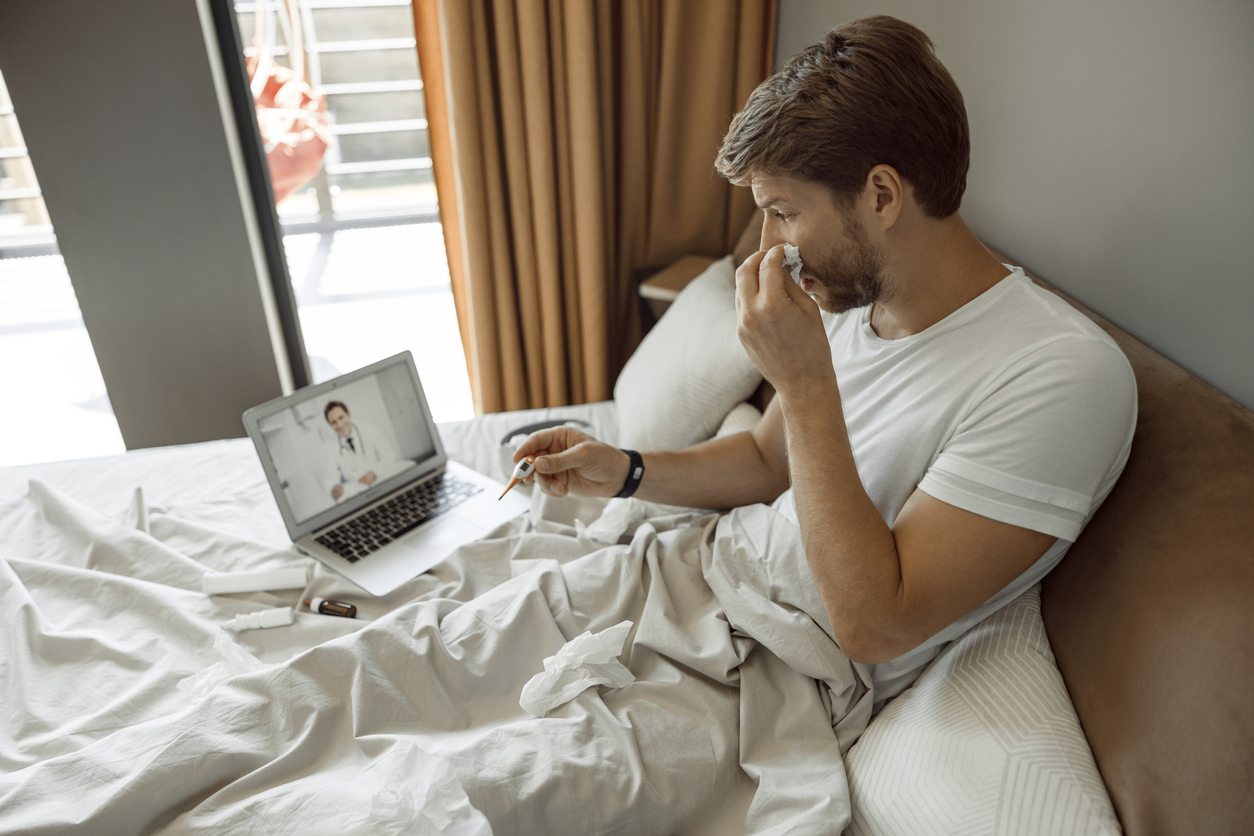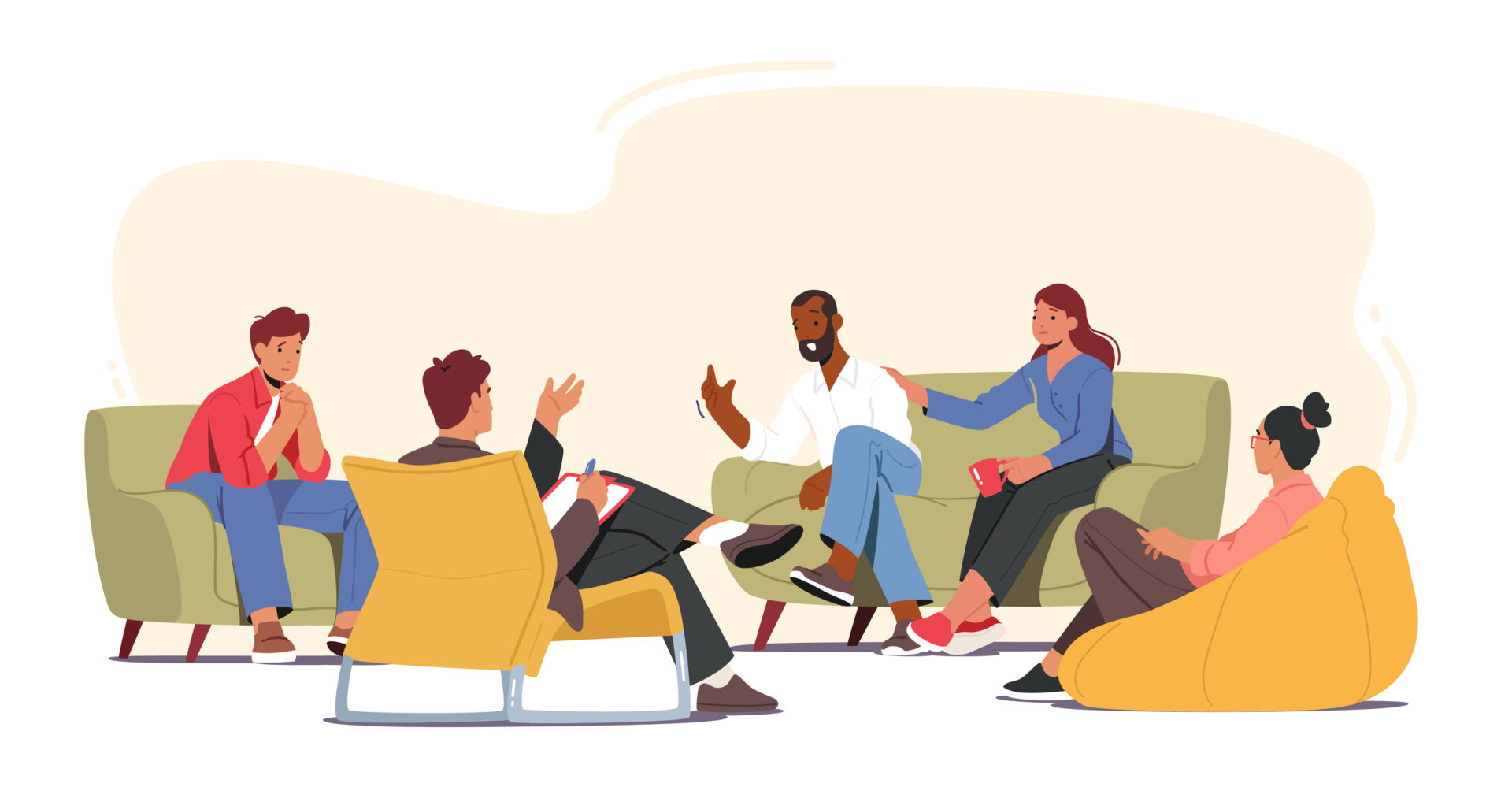Since the virus’s inception, COVID-19 continues to spread. At present, approximately 100 countries have lab-confirmed cases of the infection, despite efforts to contain its spread through quarantine.
The CDC has stated that individuals who are at highest risk of contracting COVID-19 are the elderly and those with compromised immune systems, specifically those with heart or lung disease, and diabetes. Although this profile is unique, most individuals are still stocking up on supplies and exercising caution in public to stop the spread of germs. This diligence is fueled by COVID-19’s 3.4% death rate and its relatively long incubation period.
Both features of this virus have healthcare providers scrambling to create a plan of action that limits patient and provider exposure to those with the disease while still addressing and working to cure those with symptoms and confirmed cases of COVID-19.
In this post, we outline the effect of COVID-19 on healthcare providers and how healthcare may change because of it; the primary aim of possible healthcare changes being to keep both physicians and patients as healthy as possible.
Impact on Healthcare Workers
In some cases, it can take an individual exposed to COVID-19 as many as 5 days to show systems. This is a primary concern for healthcare providers as they could easily treat a patient with the coronavirus, become infected, and then pass the infection on to another patient.
According to one news source, 5 healthcare workers in the U.S. have contracted the coronavirus. Such outbreaks among healthcare providers could be detrimental to fighting the virus’ spread as exposure would cause physicians to be quarantined. If quarantined, physicians would not be able to practice medicine to those with COVID-19 symptoms and other patients who may need serious medical attention.
Such a blow to the healthcare provider population could have serious implications for public health and mortality rates. If this occurred, it could provide a glimpse into the potential future of healthcare in the U.S., should the predicted physician shortage in the next decade occur. This is an issue AMOpportunities hopes to mitigate with the help of foreign-trained medical students and professionals.
Telehealth as a Solution
With no cure presently available, healthcare systems are reassessing how to provide medical attention to those with symptoms that align with that of COVID-19. One solution that might limit the transfer of COVID-19 from patients to healthcare providers is telehealth.
Telehealth can help physicians to diagnose patients without being in contact with them. It also means that patients can avoid infecting others while in a waiting room. The negative to telemedicine is that it doesn’t allow for lab testing. But, with coronavirus test kits in short supply, and patients with symptoms remaining untested, this argument has no standing.
In most cases, those with COVID-19 have mild symptoms and can recover at home with a good deal of rest. For these individuals, seeing a healthcare provider in person would hardly be necessary. In fact, the CDC is advising individuals with COVID-19 symptoms to call their healthcare providers rather than scheduling a visit. They recommend individuals remain in their homes and avoid going out in public to limit the virus’ spread.
Interested in an online telehealth clinical experience?
Learn more about these experiences >
Due to travel restrictions caused by COVID-19, AMO has created a coronavirus policy to inform future and potential visitors about changes that may impact their ability to participate in a clinical experience with AMO. Although the majority of our clinical sites are open to visitors, there have been some changes to specific programs.
Read AMO’s Coronavirus Policy >







Leave A Comment